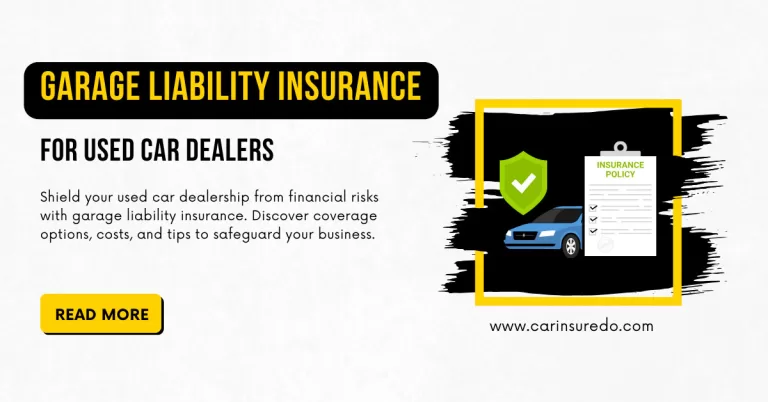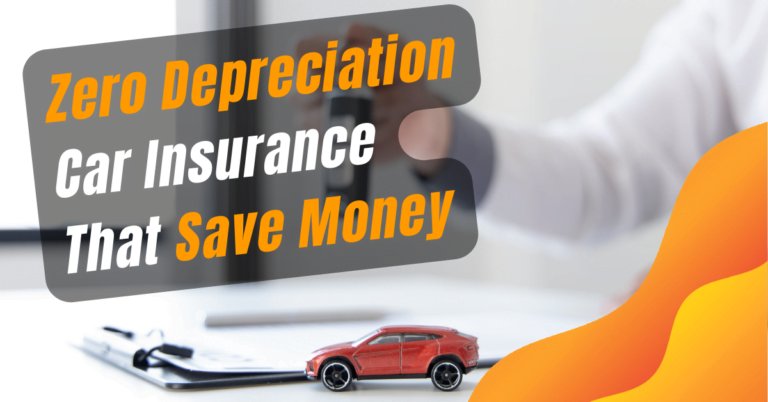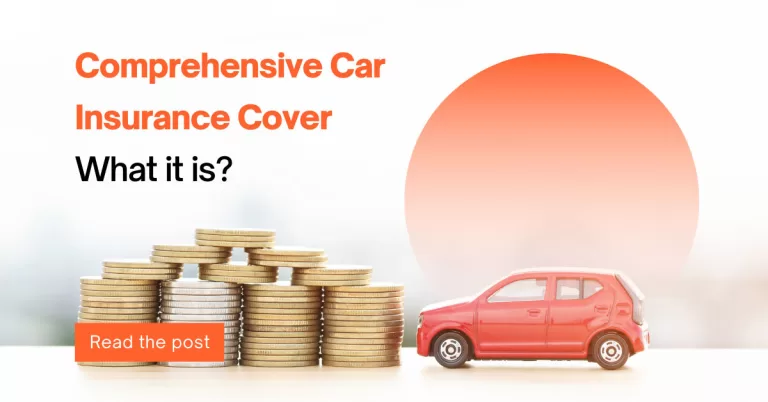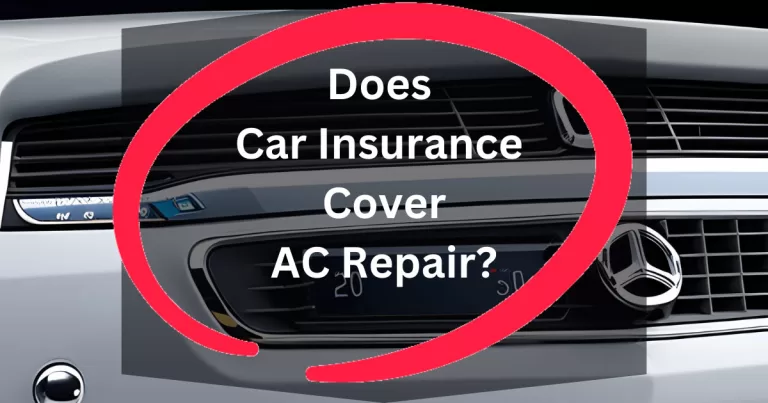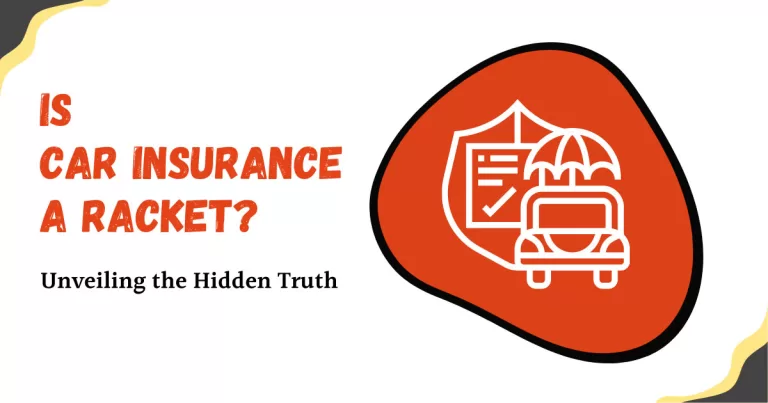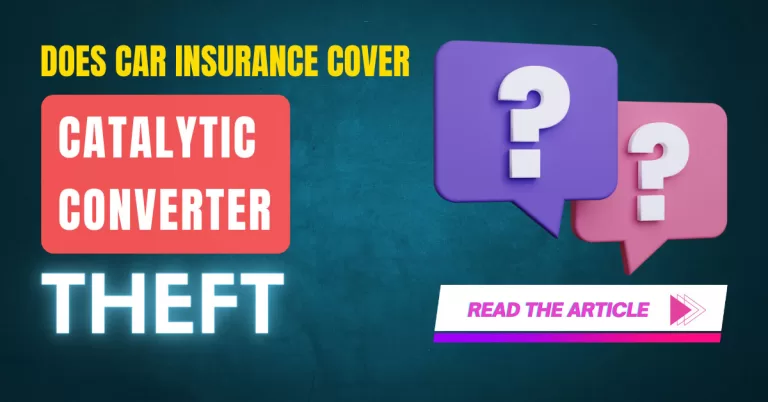Does Car Insurance Cover Hail Damage? Expert Answer
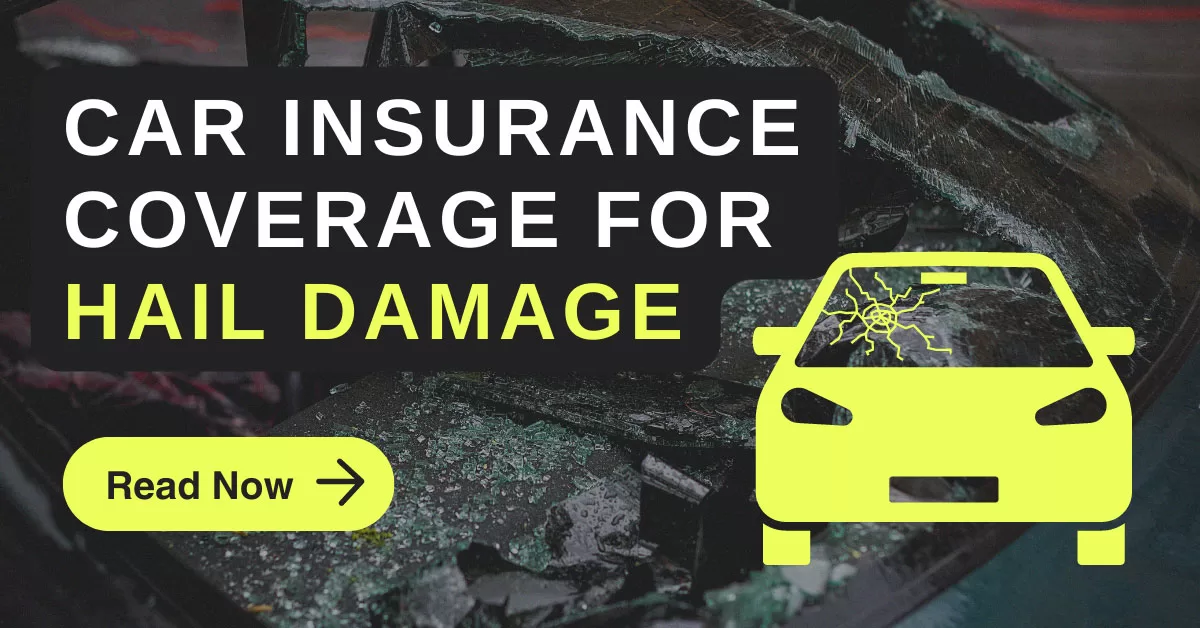
Severe hailstorms can cause extensive damage to vehicles parked outdoors, leading car owners to wonder if their car insurance covers hail damage. In this article, we will explore the topic of car insurance coverage for hail damage, providing you with essential information to make informed decisions.
Table of Contents
Understanding Hail Damage
Hail occurs when updrafts in thunderstorms carry raindrops into extremely cold areas of the atmosphere, causing them to freeze into ice pellets that fall as hailstones. These hailstones can dent car bodies, crack windshields, and damage the overall appearance of vehicles. The severity of the damage depends on the size, velocity, and duration of the hailstorm.
Types of Car Insurance Coverage
To determine if car insurance covers hail damage, it’s crucial to understand two main types of coverage: liability insurance and comprehensive insurance.
Liability insurance covers damages and injuries you may cause to others in an accident, typically excluding damage caused by hail or other perils.
Comprehensive insurance, on the other hand, is optional coverage that protects your vehicle from a wide range of risks, including hail damage. It covers non-collision incidents like theft, vandalism, fire, and natural disasters such as hailstorms.
Comprehensive Insurance and Hail Damage
If you have comprehensive insurance coverage, your policy is likely to cover hail damage to your vehicle. This means that the insurance company will pay for repairs or, in some cases, the replacement of damaged parts due to hail damage. However, keep in mind that comprehensive coverage usually requires you to pay a deductible before the insurance company covers the remaining repair costs.
Deductibles and Hail Damage Claims
A deductible is the amount you must pay out of pocket before your insurance coverage kicks in. For instance, if your deductible is $500 and the total repair costs for hail damage amount to $2,000, you would be responsible for the first $500, while the insurance company covers the remaining $1,500.
When filing a hail damage claim, consider your deductible and the estimated repair costs. If the repair costs are close to or below your deductible, it may not be financially beneficial to file a claim since you would bear the majority of the expenses.
The Claims Process for Hail Damage
To file a hail damage claim, contact your insurance company and provide them with relevant information, including the date and time of the hailstorm, the location where your vehicle was parked, and photographic evidence of the damage.
After filing the claim, an insurance adjuster will assess the damage and determine the repair costs. Once approved, you can proceed with getting your vehicle repaired at a preferred repair shop or one recommended by the insurance company.
Factors Affecting Hail Damage Coverage
While comprehensive insurance generally covers hail damage, certain factors can affect the extent of coverage:
- Policy Limits: Review your insurance policy to understand the maximum amount the insurance company will pay for hail damage repairs.
- Age and Condition of the Vehicle: Older vehicles or those with pre-existing damage may have limitations on coverage for hail damage. Insurance companies may offer lesser coverage for vehicles with pre-existing dents or scratches.
- Geographical Location: If you live in an area prone to frequent hailstorms, your insurance rates may be higher. Insurance companies consider the risk associated with the location when determining coverage options and rates.
Exclusions and Limitations
It’s essential to be aware of any exclusions and limitations in your insurance policy regarding hail damage. Some policies may exclude coverage for certain types of vehicles or cosmetic damage caused by hail. Carefully review your policy and consult with your insurance provider if you have any doubts or questions.
Preventive Measures for Hail Damage
While it’s impossible to prevent hailstorms, you can take some preventive measures to minimize hail damage to your vehicle:
- Seek Covered Parking: Whenever possible, park your vehicle in a covered garage or carport to protect it from hailstones.
- Use Protective Covers: If covered parking is unavailable, consider using a hail protection cover designed to shield your vehicle from hail damage.
- Stay Informed: Monitor weather forecasts and severe weather warnings. If a hailstorm is expected, try to find a safe location to park your vehicle until the storm passes.
Repairing Hail Damage
After a hailstorm, addressing the damage promptly is crucial to prevent further issues like rusting or compromised structural integrity. Depending on the severity of the damage, you can choose to have the repairs done by a professional auto body shop or seek the assistance of a paintless dent repair specialist.
Choosing the Right Insurance Policy
To ensure adequate coverage for hail damage, consider the following factors when selecting a car insurance policy:
- Comprehensive Coverage: Opt for a policy that includes comprehensive coverage to protect your vehicle from hail damage and other non-collision incidents.
- Deductible Amount: Evaluate the deductible amount and choose a policy that aligns with your financial situation.
- Policy Limits and Exclusions: Review the policy carefully to understand the coverage limits and any exclusions related to hail damage.
Conclusion
In conclusion, car insurance coverage for hail damage depends on the type of coverage you have. Comprehensive insurance typically covers hail damage, but deductibles, policy limits, and exclusions in your insurance policy should be considered. Taking preventive measures and promptly addressing hail damage can minimize the impact on your vehicle and prevent further issues.
Review your insurance policy and consult with your insurance provider to ensure you have appropriate coverage for hail damage.
Frequently Asked Questions (FAQs)
Does car insurance cover hail damage for all vehicle types?
Car insurance coverage for hail damage typically applies to all types of vehicles, including cars, trucks, motorcycles, and RVs. However, review your insurance policy for any specific exclusions or limitations.
Are there additional coverage options for hail damage?
Some insurance companies offer optional coverage add-ons specifically for hail damage, such as full glass coverage or cosmetic damage coverage. These additional options can provide enhanced protection for your vehicle.
Should I file a hail damage claim for minor damage?
It depends on the extent of the damage and your deductible amount. If the repair costs are close to or below your deductible, it may not be financially beneficial to file a claim. Consider the repair costs and consult with your insurance provider to make an informed decision.

